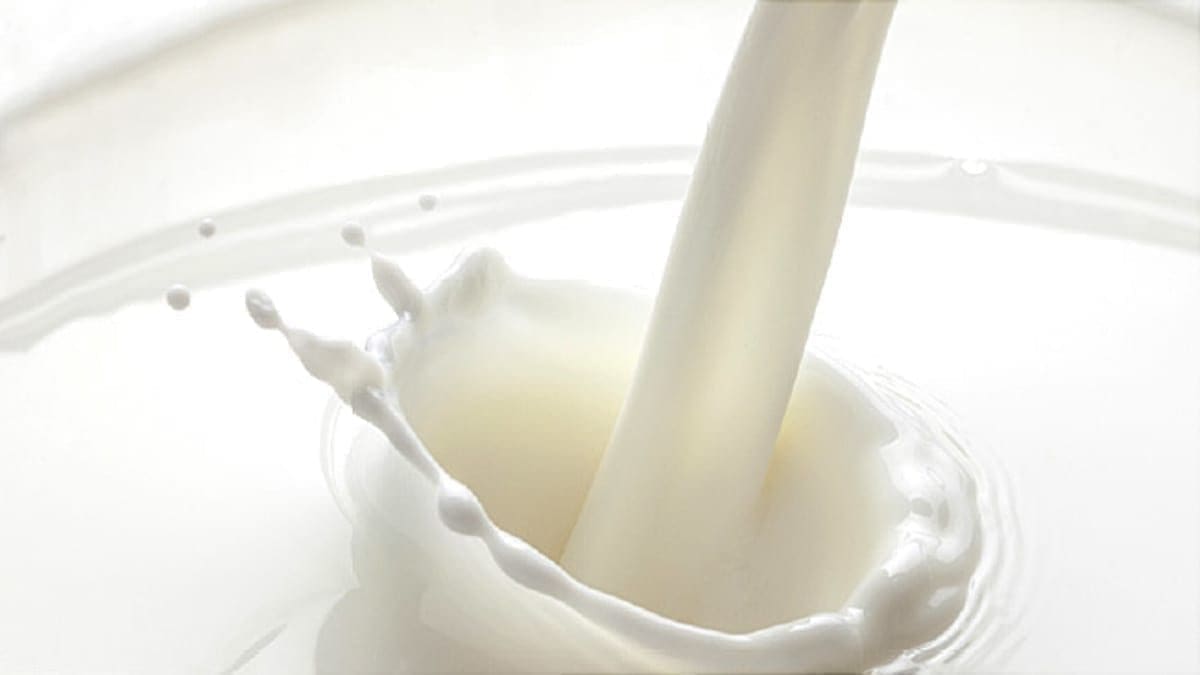KENYA – Kenya has so far registered a 36% decline in milk production attributed to the Covid-19 pandemic which has disrupted the market, foot and mouth disease being experienced in some counties and the cold weather season.
In January, milk production was at 63 million litres per month, but it has since dropped to 42 million litres per month according to the marketed volumes in formal markets.
To this end, according to Star News, the government could be forced to import powder milk to bridge an imminent milk shortage in the country.
“The Covid-19 pandemic disrupted the milk market following the closure of schools and hotels hence a laxity from farmers in producing milk. The foot and mouth disease is also a contributor to the drop in production,” said Agriculture CS Peter Munya.
“The milk industry is in distress as processers do not have sufficient milk and are not able to satisfy the market,” the CS added, “the government might be forced to import in order to meet the deficit.”
With a national monthly demand of 54 million litres, the country is experiencing a deficit of 12 million litres.
To meet the deficit, Munya has directed new–KCC to release 1, 000 metric tonnes of milk powder, an equivalent of one million litres of milk to processors to convert it into raw milk.
Currently, dairy milk processors have a stock of milk powder that can only last the country one month.
Recent trends in the sector have also shown that the amount of milk produced in the country and going through the formal sector has continued to decline since the beginning of the year which has also contributed to the reduced volumes registered.
Munya has urged farmers to invest in animal feeds to boost milk production as there is a guaranteed market from the five main milk processors in the country.
“This will ensure that we build on the gains made so far in the sector and are able to absorb shocks arising from the Covid-19 pandemic,” he stated.
The capita consumption per person in Kenya stands at 110 litres per annum. Although this is one of the biggest in sub – Sahara Africa, it is still below the FAO recommended per capita of 220 liters per annum.
Liked this article? Subscribe to Food Business Africa News, our regular email newsletters with the latest news insights from Africa and the World’s food and agro industry. SUBSCRIBE HERE











“The Covid-19 pandemic disrupted the milk market following the closure of schools and hotels hence a laxity from farmers in producing milk. The foot and mouth disease is also a contributor to the drop in production,” said Agriculture CS Peter Munya.
Please explain how a farmer stops his cows from producing milk.